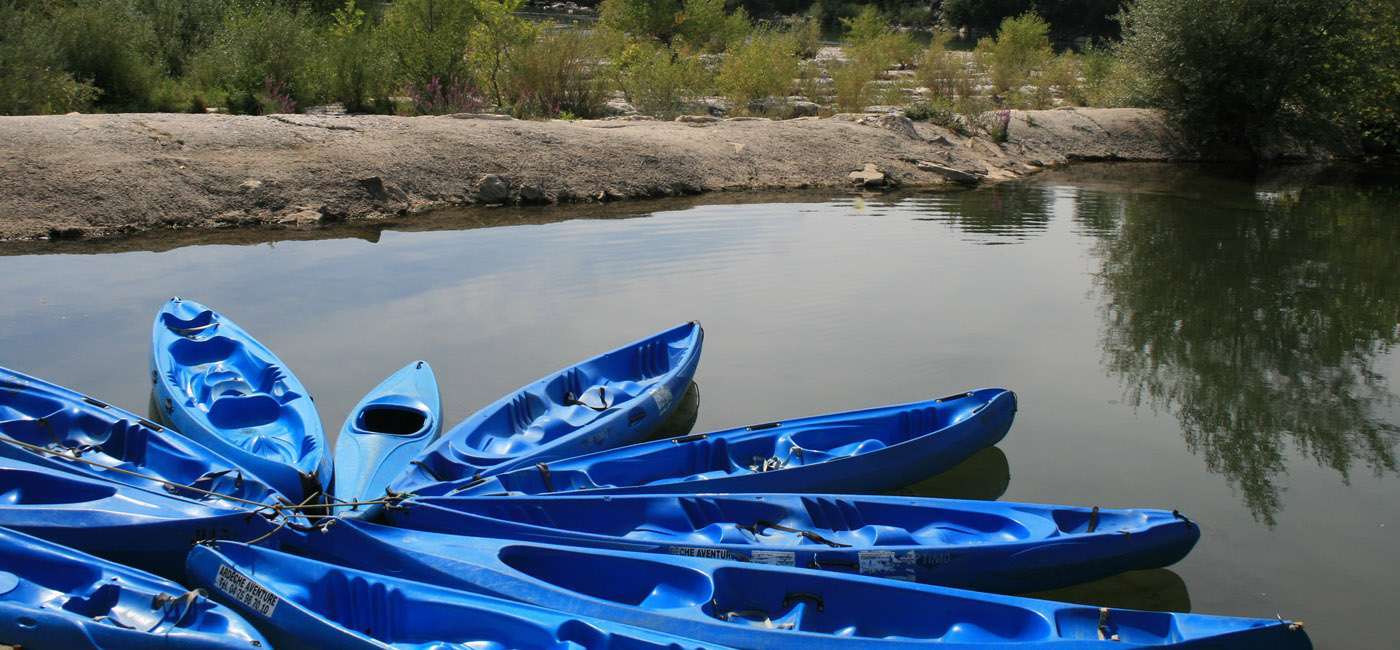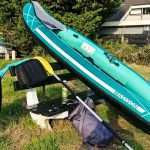Using an anchor can greatly expand the versatility of your boat. With an anchor in tow you can park overnight in areas without mooring or simply drop anchor to go for a swim. However, using an anchor requires a little more knowledge than simply lugging along a heavy chunk of metal. Most important is properly attaching your anchor to your craft. Otherwise, you’ll drift off while your anchor falls beneath the waves. The proper knot for attaching your anchor to a rope is absolutely essential.
Instructions
Step 1
Run your rope through the final loop in the anchor chain. You’ll want enough slack running through the loop to complete the rest of the knot. About a foot should be enough.
Step 2
Loop the slack end back through the ring again. You will now have two loops of rope running through the final ring on the anchor chain. Make sure both loops are loose.
Step 3
Draw the slack end of your rope through both loops on the ring. Your two loops should be loose enough to easily allow your slack end to slide through.
Step 4
Pull tight. You have now completed a basic anchor bend. Tightening the knot will lock the loops against the ring in your anchor chain. This knot should easily hold on to an anchor chain, allowing it to be dragged back and forth from the boat.
Step 5
Add an additional half hitch to the anchor rope for security. A half hitch is created by taking the remaining slack from the anchor knot, looping it over the taut anchor line, then back around under itself. The basic idea is to add another overhand knot, then to draw it tight. This will prevent any chance of the anchor knot unraveling, since it will have the additional security of the half hitch in place.
Tips & Warnings
- Make sure your rope is rated to a weight greatly in excess of the weight of your anchor, as additional forces will be at work underwater.



